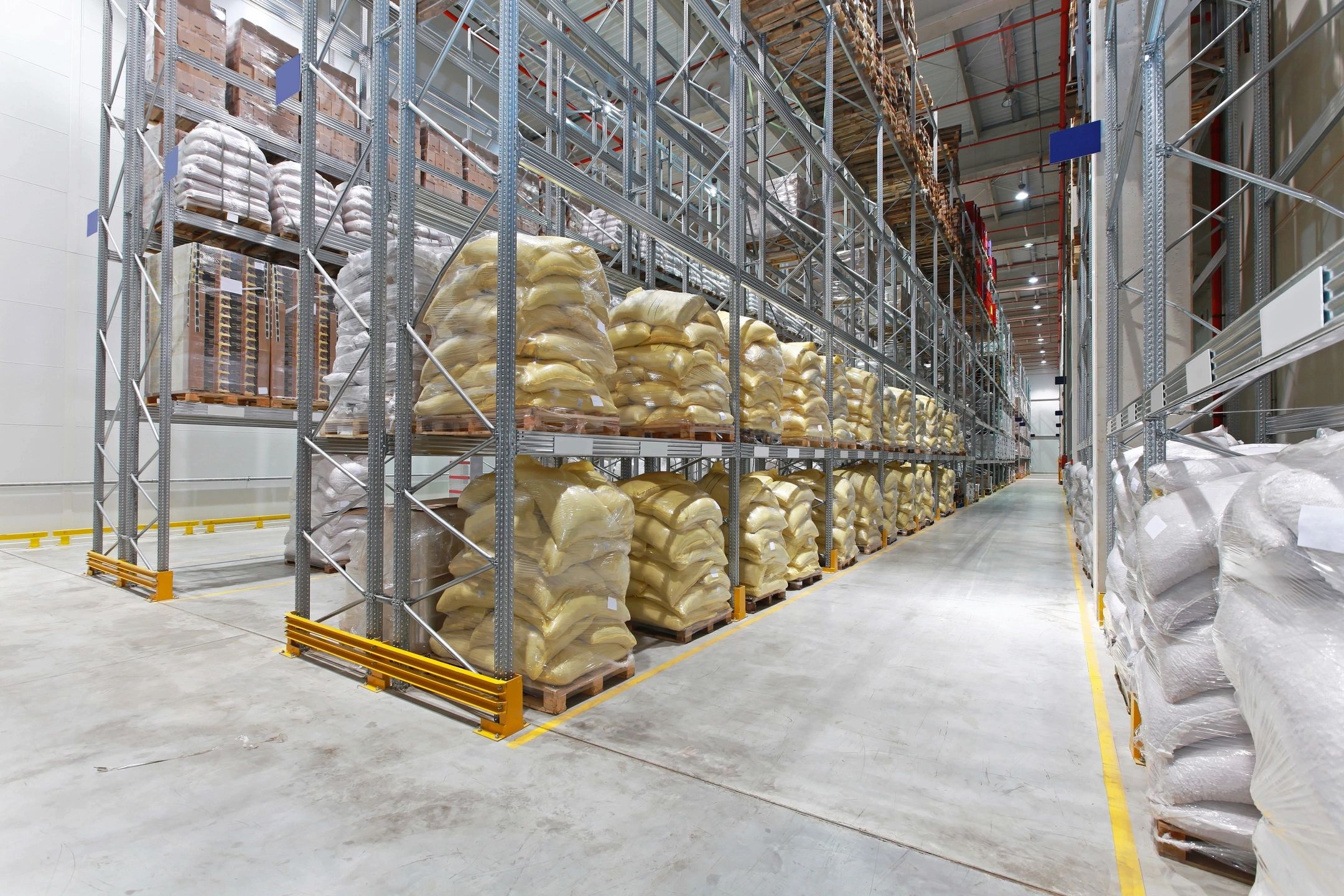Across Hamilton and the province, food banks are witnessing a spike in demand as residents grapple with housing prices, inflation, and precarious employment. Radhika Subramanyan, CEO of Hamilton Food Share, noted a remarkable one-year surge, reporting a 40% increase in households accessing food banks in the city between March 2022 and 2023. Hamilton Food Share actively supports 23 programs by distributing food and donations.
“Food bank use is indicative of a larger situation where people are in a very vulnerable place,” said Subramanyan.
“They’re using food banks and the money they’re saving is for rent or utilities, not for extras. It’s literally for basic survival.”
This pattern aligns with the findings of a recent report from Feed Ontario, a coalition of hunger relief organizations. Between April 1, 2022, and March 31, 2023, over 800,000 individuals utilized food banks across the province, marking a 38% surge compared to the previous year.
Despite the unemployment rate reverting to pre-pandemic levels in 2022, the report highlights a persistent increase in food bank utilization. A growing number of workers are turning to emergency food sources, with a 37% rise in 2022-23 compared to the previous year and an 82% increase compared to 2016-17.
The report released by Hamilton Food Share earlier this year sheds light on the reasons why food bank users require additional assistance:
- 58% of households allocate more than 50% of their income towards rent.
- 55% of users rely primarily on income from disability supports or Ontario Works.
- 43% of households consist of children.
Similar to other food banks throughout Ontario, Hamilton Food Share is grappling with the challenge of providing for a growing number of individuals, coupled with a significant decline in community donations, amounting to approximately 75% over the past four years, as conveyed by Karen Randall of Food Share during a meeting with councillors in September.
This entails procuring additional food to bridge the deficit, explained Randall. Simultaneously, there has been a rise in costs across various aspects, including transportation, storage, and operational and administrative expenses.
To address these challenges, Randall mentioned that they are seeking assistance from the city, requesting an annual allocation of $1.25 million to meet the escalating demand.
She emphasized that if the city council doesn’t approve this supplementary funding during its budgetary process, Hamilton Food Share and the affiliated food banks will be compelled to deny assistance to those in need



